13 Practical Tips to Avoid Peak‑Season Crowds
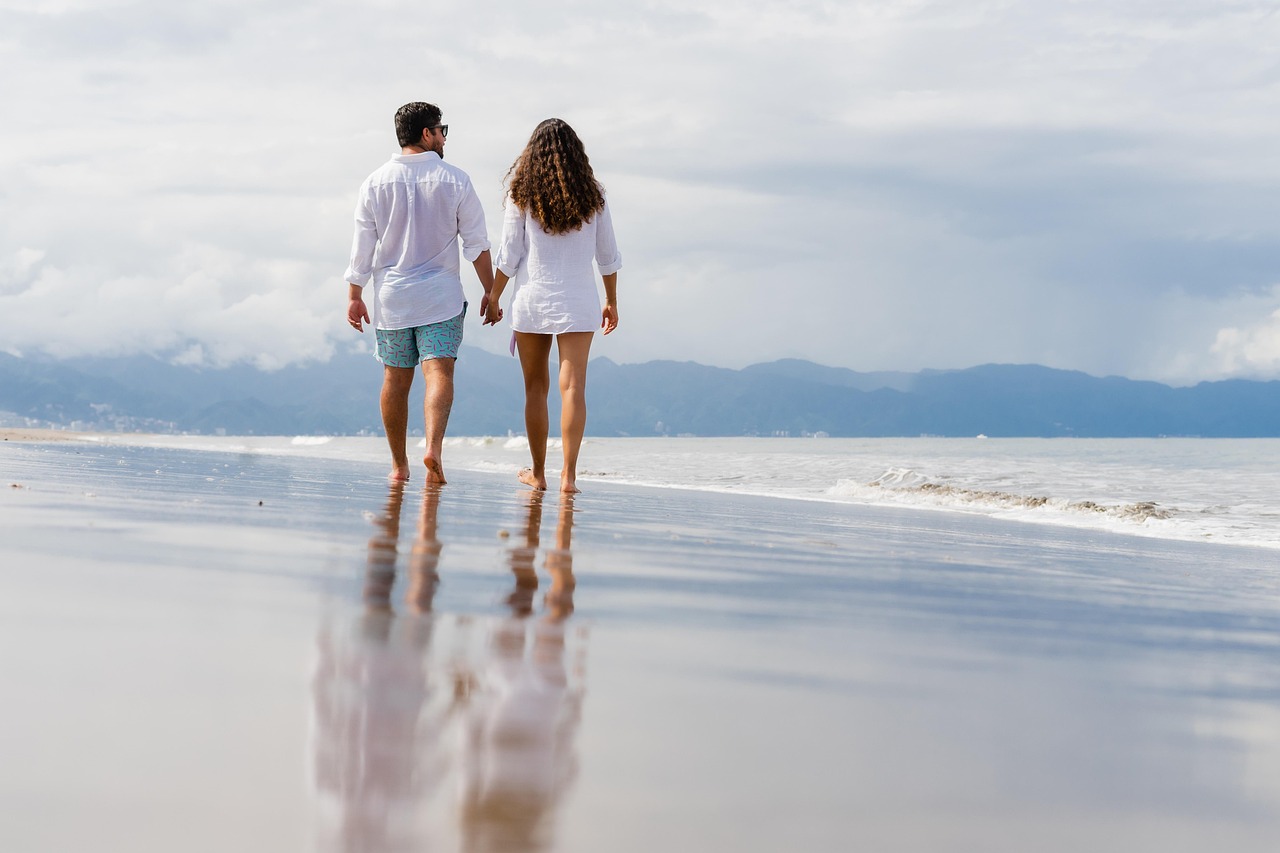
Most people dream of the perfect getaway; stunning views, rich culture, and just enough peace to soak it all in. But reality often hits with shoulder-to-shoulder crowds, long lines, and that sinking feeling you’re just one of thousands following the same path. It doesn’t have to be that way. With a bit of planning and a few smart strategies, you can experience iconic destinations without the chaos. These practical tips will help you sidestep the crowds and reclaim the quiet magic that travel is really about.
1. Unlock the Early-Bird Advantage with Planning Accommodations and Attractions in Advance

Here’s the thing: when you lock in your lodging and must-see tours months before, you’re not just securing a room or ticket—you’re sidestepping the mad scramble. Popular hotels and landmark entries often sell out weeks ahead, forcing last-minute hunters into overpriced or subpar options. By penciling in your stays and tours early, you tap into better rates, coveted slots, and a stress-free buffer. Plus, early bookings often include flexible cancellation terms, so you can pivot if plans shift. The real perk is that you get to wander without constantly watching the clock or eyeing sold-out signs.
2. Embrace the Freedom of Shoulder-Season Travels
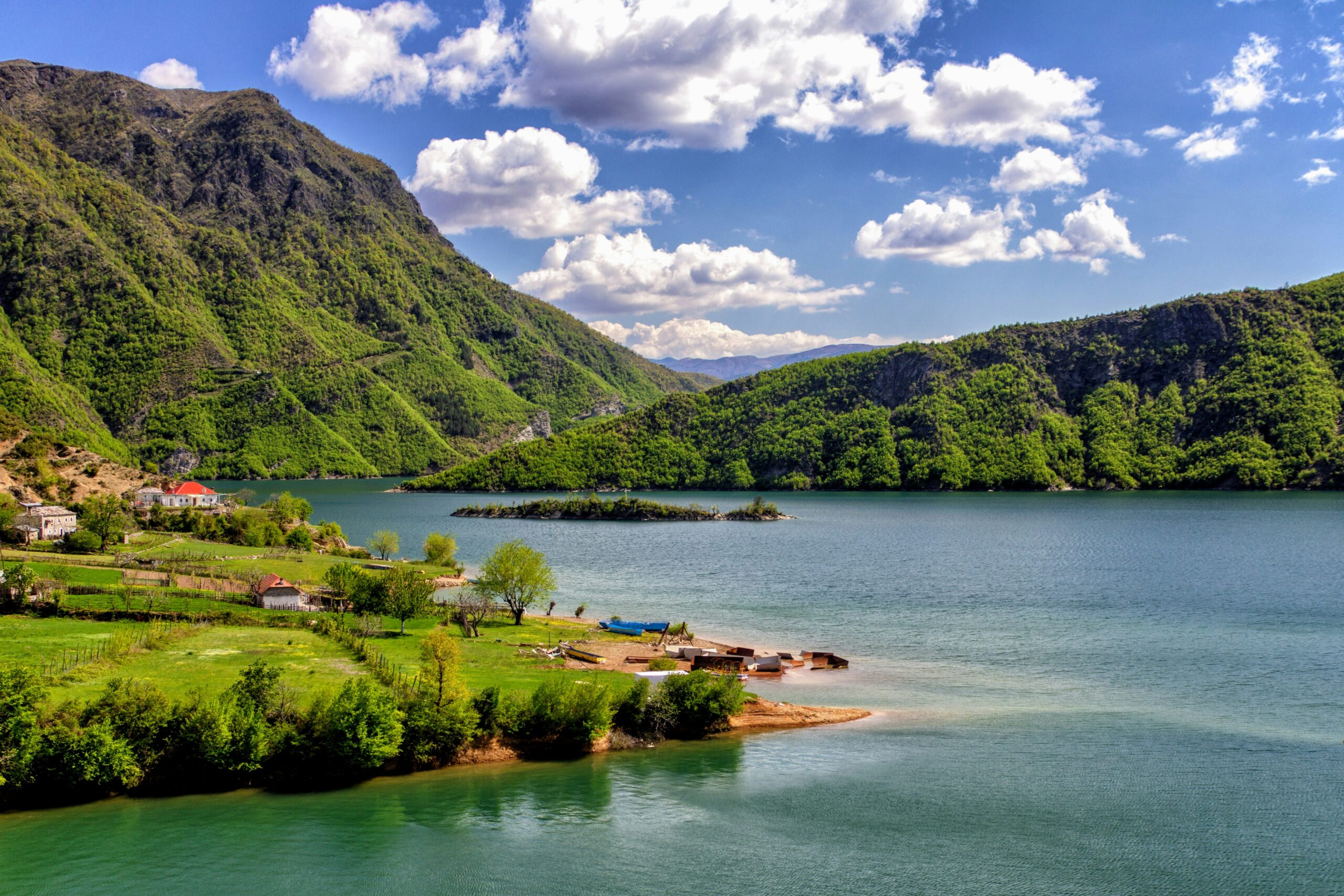
Here’s what really makes shoulder season magical: destinations awaken with calmer streets and friendlier prices just before or after the buzz. July in Cinque Terre? Sweltering, jam-packed, wallet-draining. September, though? Mild weather, empty cliff-side trails, and room to breathe. By timing your trip for those sweet spots—late spring bloom or early autumn hues—you enjoy pristine beaches, winding alleys, and even better service as locals crave business. Traveling in the shoulder season offers tranquility and often more reasonable prices than peak season, though the absolute lowest rates typically occur in the low (off-) season when some attractions may be closed or limited. That’s how you claim travel nirvana away from sweaty queues.
3. Beat the Rush by Timing Your Visits to Dawn and Dusk

Here’s the insight: crowds obey the sun. They show up mid-morning and peak when misery sets in at midday. So slip out at first light for empty streets and golden hues that double as your personal photoshoot. Or, after everyone’s siesta-craze, return near closing hours when silence reigns in museums and parks. You’ll feel like you’ve stepped into a private showing. Not only do you dodge lines, you also experience the site in changing light, discovering quiet corners most visitors miss. Sunrise calm and sunset serenity—this is your ticket to an intimate encounter with every landmark.
4. Get Ahead with Destination-Specific Peak-Time Intel

What this really means is mastering the local calendar—cruise-ship landings, festival weekends, school holidays. Imagine Venice on a day when three cruise liners dock versus a random Wednesday: oceans of tourists flood Rialto Bridge by noon. By hunting down port schedules, university term dates and annual event listings, you can avoid those tsunami waves of people. A Tuesday in May might feel deserted next to a Saturday in July. Dig into travel forums, tourism boards and local news to craft an itinerary that steers clear of predictable congestion.
5. Go Solo: Skip the Herd of Group Tours

Here’s a truth bomb: organized tours guarantee convenience, but they also guarantee crowds trailing a guide with a flag. Ditch the herd mentality and create your own path. You’ll discover alleys and vistas they never mention, linger where you want, and peel off without holding up fifty people. It demands a bit more prep—mapping, ticketing, maybe renting a portable Wi-Fi hotspot—but the payoff is pure: more room to breathe, more freedom to linger, and zero rushed photo stops. It’s your adventure; don’t surrender it to someone else’s schedule.
6. Blaze New Trails by Stepping Off the Beaten Path

If you really want to escape the queues, forget the “must-see” list. Instead, consult local blogs, small-town guides and neighborhood Instagram tags to find that hidden café or forgotten chapel. Two towns over from the tourist hub, you’ll stumble on lively markets, genuine smiles and authentic flavor, without elbowing your way through selfie-sticks. These lesser-known gems often cost less, feel warmer, and reward your curiosity. You’ll return home with stories nobody else has, and you’ll see how stepping aside from the main drag can turn any trip into a personal discovery.
7. Seal the Deal with Ticket-Only Bookings
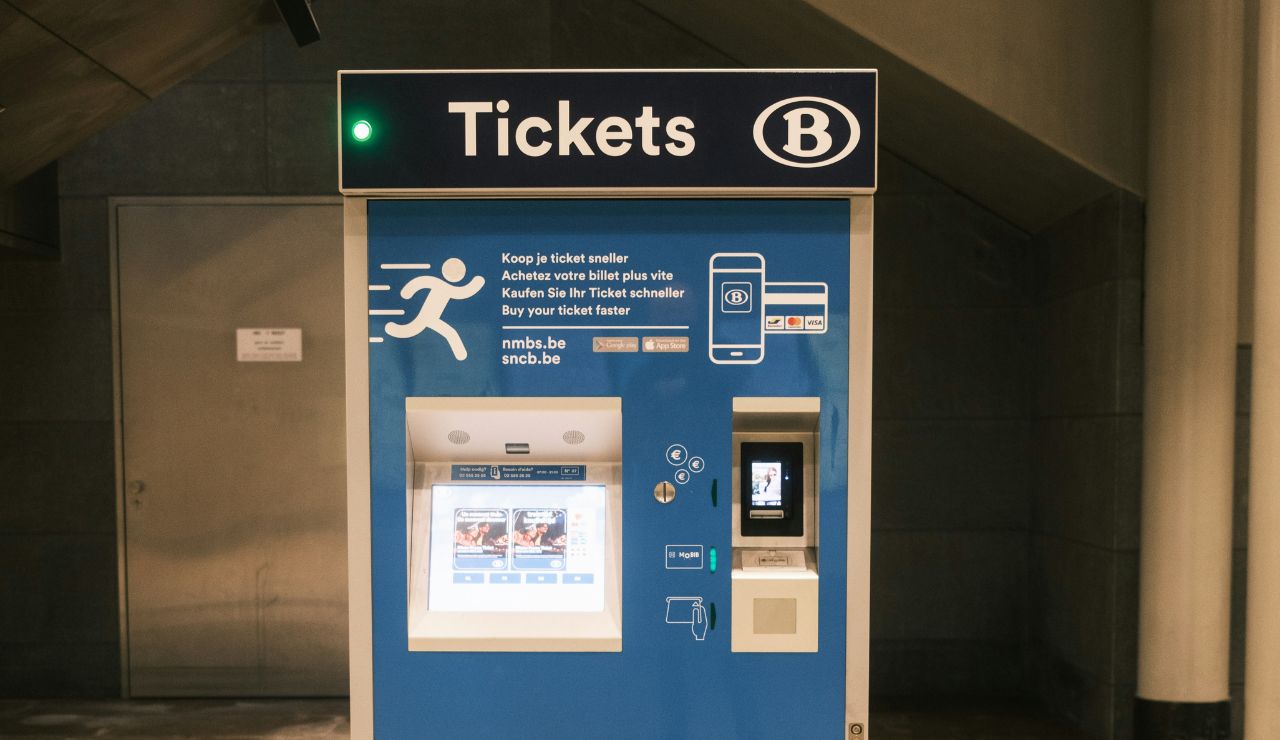
Here’s the nuance: you might snag a room last minute, but those cathedral entries, museum highlights and rooftop terraces often vanish in weeks. Pre-purchasing your tickets online doesn’t just lock in admission—it often bypasses the ticket desk entirely. Many sites offer e-tickets with time slots, meaning you waltz past a line that snakes around the corner. In peak season, that could save you an hour or more. When booking, check if the venue recommends using official channels, as some attractions restrict tickets to authorized sellers to prevent scams. Best part? You can compare prices across resellers where allowed, spot bundled savings, and rest assured you won’t be turned away at the gate.
8. Turn Overnight Stays into Secret After-Hours Tours
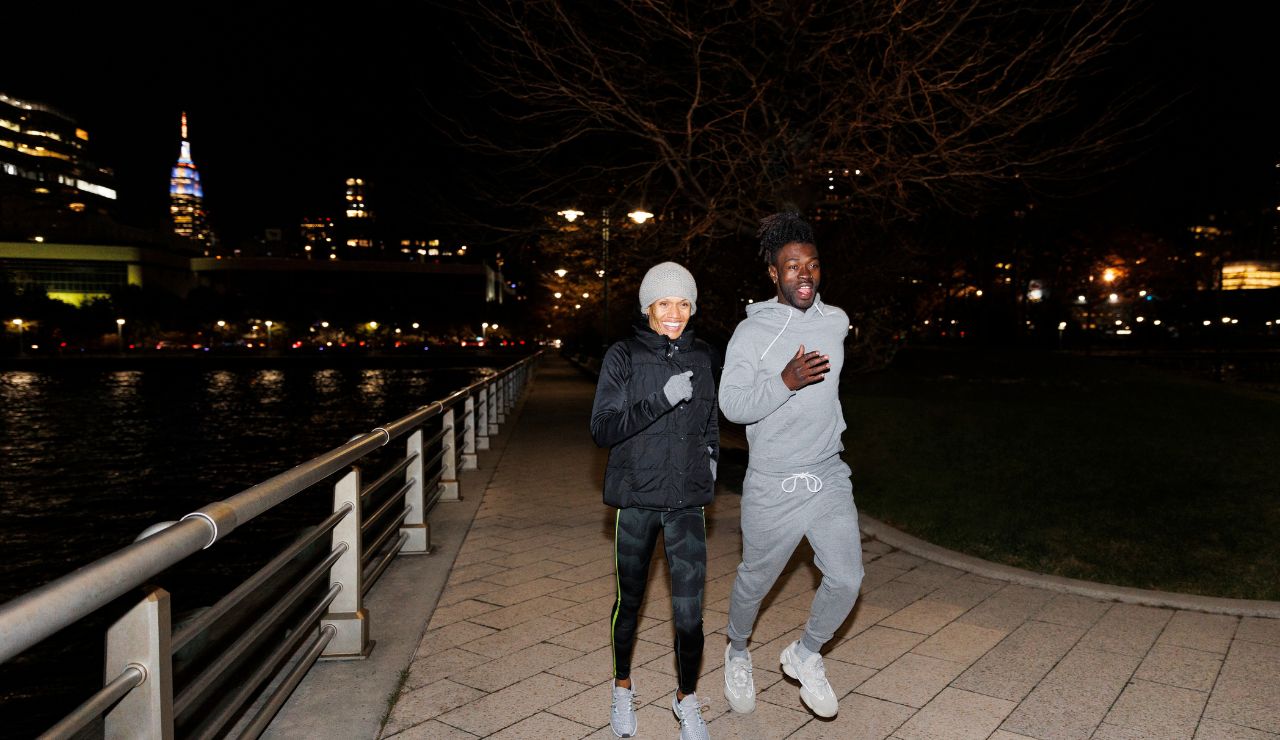
What this really means is leveraging the magic hours that others overlook. Booking a night in a village just outside the main city lets you start early at dawn before day-trippers roll in. Or stay inside the park boundaries—many national parks offer lodges right at trailheads, so you can set out while everyone else sleeps. You’ll watch wildlife wake up, breathe mountain air in solitude, and snap photos of deserted panoramas. It’s an immersive experience that transforms a standard day-trip into a two-day memory with far fewer people around.
9. Unlock Hidden Corners with Your Own Wheels
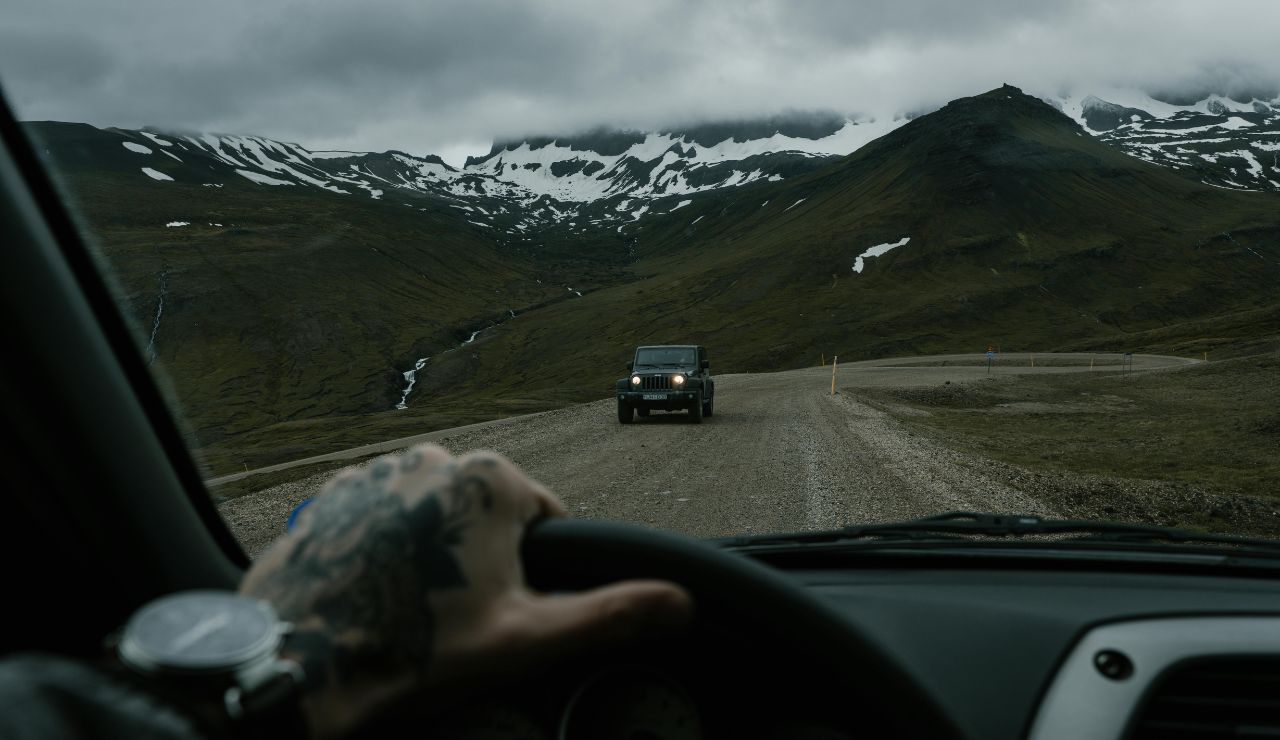
Here’s the turning point: when you rent a car, scooter or e-bike, you’re not shackled to bus schedules or guided-tour itineraries. You can veer onto backroads, chase a sunset over a forgotten coast and pull over at that roadside vineyard no one’s blogging about yet. Even popular areas thin out once you’re five minutes off the main highway. Driving or scooting means you choose solitude over shared van vans; every unmarked turn becomes an opportunity to uncover a secret viewpoint or local haunt. It’s spontaneous, liberating, and crowd-proof.
10. Trade Fame for Authenticity in Quaint Towns
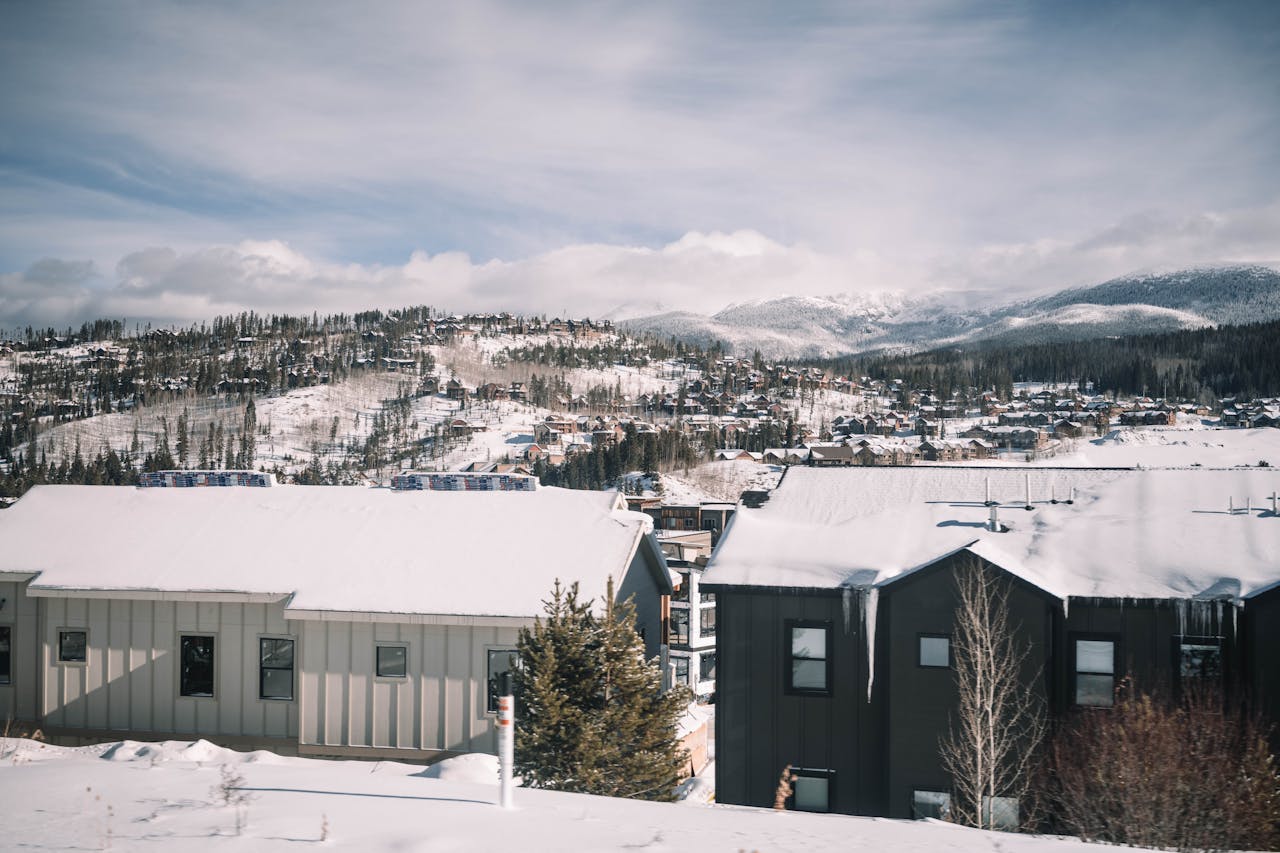
Here’s the hidden magic: small towns often outshine big cities when you want space. They may lack skyscrapers, but they offer wide-open plazas, family-run inns, and festivals that feel local. Replace Barcelona’s rammed Gothic Quarter with a Catalan village—same history, fewer herd-trippers, friendlier faces. Swap Amalfi’s boutique boutiques for neighboring Minori’s lemon groves and serene seafront. You’ll pay less, eat better, and walk without brushing shoulders. Small towns reward the curious traveler with genuine smiles and stories that no guidebook can replicate.
11. Dodge Cruise Ship Deluges by Tracking Port Schedules

Researching ship arrival times isn’t just for locals—it’s your survival guide in crowded port towns. When you see three giant liners scheduled in the morning, pick an afternoon shore excursion or circle back the next day. Cruise crowds flood local cafés, clog streets and inflate prices, often departing by dusk. If your trip is flexible, plan inland adventures on those high-traffic days. By aligning your sightseeing calendar around those floating hotels, you’ll find empty benches, uncrowded viewpoints and friendly service in portside restaurants.
12. Master Attraction Hours to Beat the Bottlenecks
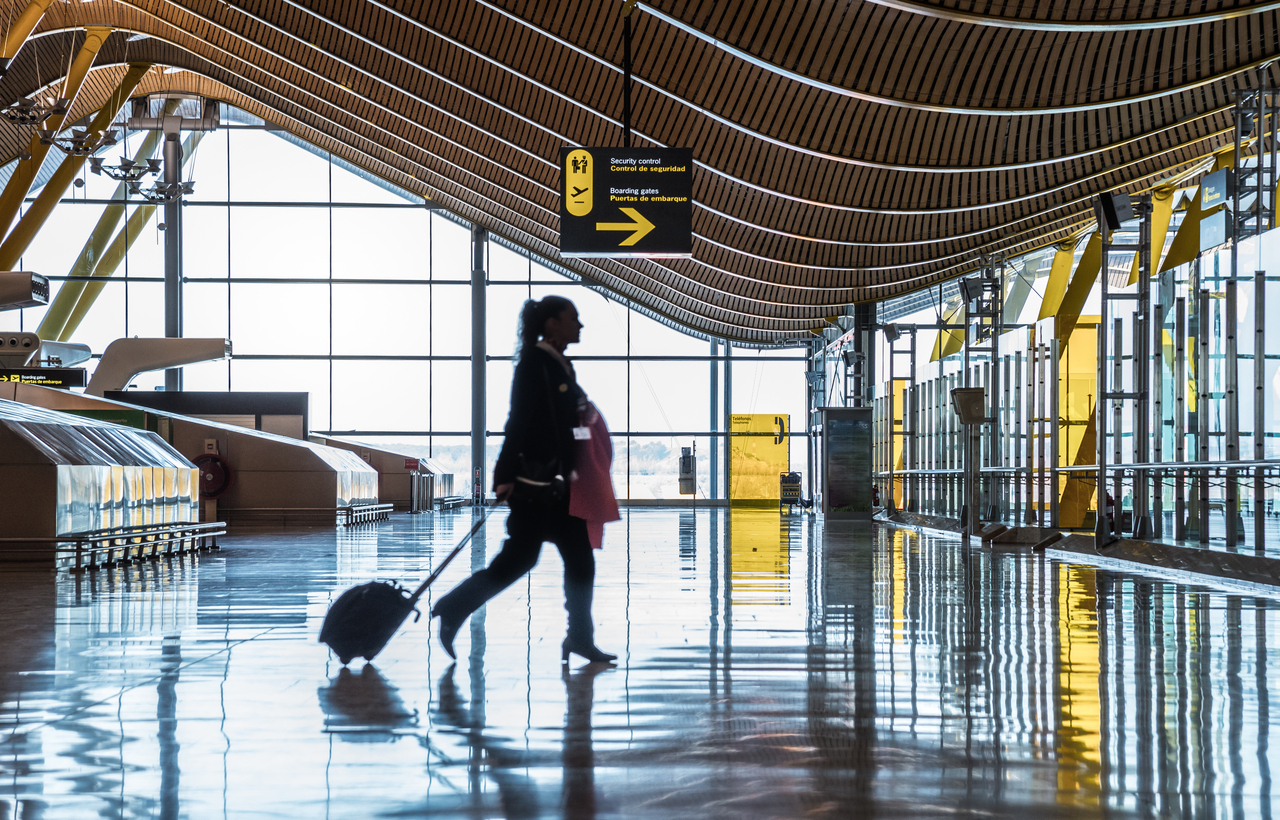
What this really means is syncing your visit to when sites are open but most people aren’t interested in being there—mid-week afternoons at a hilltop monastery, or just after reopening on a weekday. Museums that shut midday for cleaning can be blissfully empty an hour after reopening, when early birds have gone. Churches with nine-to-noon services clear out for the afternoon lull. By knowing exact open and close times, and identifying those brief windows of peace, you’ll slip in when lines are minimal and staff are all too happy to guide you around.
13. Plug into Local Wisdom for the Real Lowdown

Here’s the key: travel influencers blog the highlights, but local Facebook groups, community forums and neighborhood guides know where the true hidden spots lie. A hometown food blogger might rave about a tucked-away noodle stall; a city cycling club forum can flag a secluded riverside park. Engage community calendars, read patch newsletters, and join local social-media channels to harvest tips that never make it into international “top 10” lists. These insiders give you first dibs on under-the-radar events, quiet stretches of trail, and wisdom that keeps you several steps ahead of the crowds.